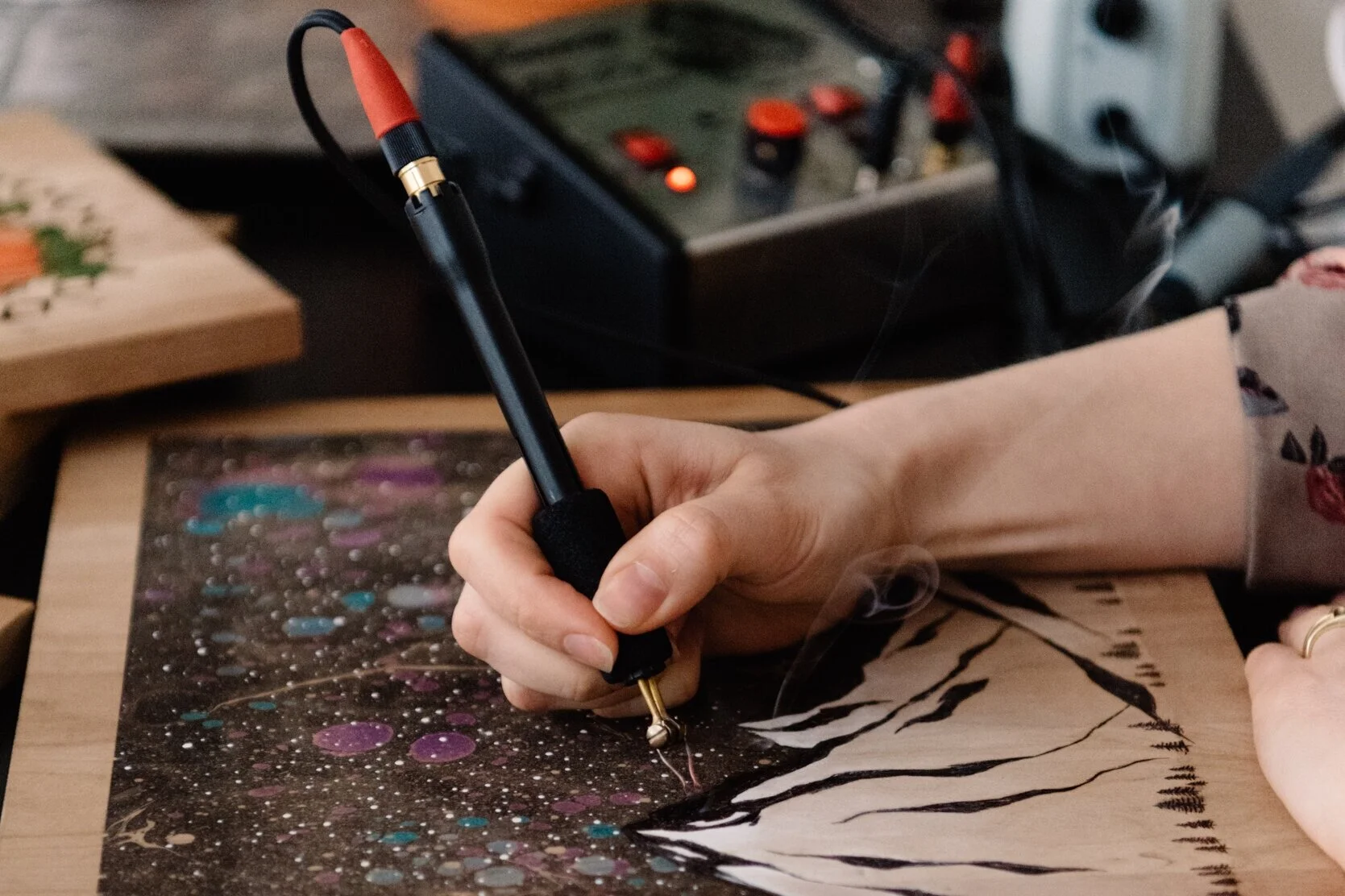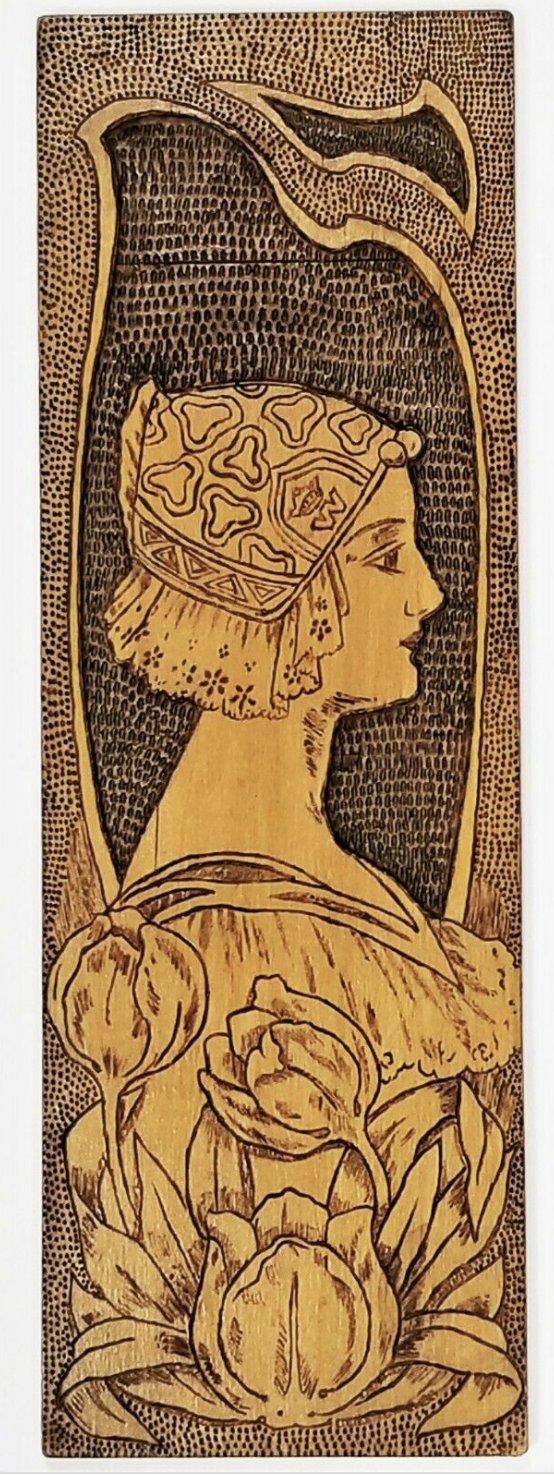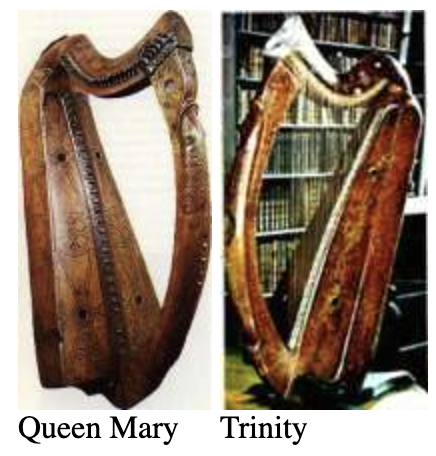A Brief History of Pyrography
Pyrography is one of the oldest human art forms. As long as humans have been taming fire, they have been drawing with it. It used to be called “pokerwork” before the term pyrography came to be.
Pyrography has a long and varied history.
In a nutshell: It is thought to have originated in Egypt, where it was used to decorate pottery and furniture. The practice then spread to Europe, where it was used to decorate furniture, musical instruments, and other items. In the 19th century, the art form saw a resurgence in popularity and was used to decorate a variety of items. In modern times, pyrography has become a popular art form and is used to create detailed and intricate designs. Today, pyrography is used to decorate furniture, musical instruments, kitchenware, and more.
The history of pyrography: Wikipedia tells us that the process has been practiced by a number of cultures including the Egyptians and some African tribes since the dawn of recorded history. Pyrographer Robert Boyer hypothesizes that the art form dates back to prehistory when early humans created designs using the charred remains of their fires.
Pyrography artists in the middle ages used newly invented portable wood stoves as a heat source. These stoves had small holes in their lids for pokers to be placed through. The pokers rested in the holes and heated over the coals of the stove until they were hot enough to use. Artists would carry several pokers (needles and knives were also used) with them at all times so they could continue working while other pokers heated.
It was known in China from the time of the Han dynasty, where it was known as "Fire Needle Embroidery". During the Victorian era, the invention of pyrography machines sparked a widespread interest in the craft, and it was at this time that the term "pyrography" was coined (previously the name "pokerwork" had been most widely used).
The term, pyrography, means "writing with fire", from the Greek pur (fire) and graphos (writing). It can be practiced using specialized modern pyrography tools, or using a metal implement heated in a fire, or even sunlight concentrated with a magnifying lens.
Surviving examples of Western European pyrography from the 15th and 16th centuries include decorative designs on musical instruments such as the Trinity and Queen Mary harps and richly ornamented chests, coffers and panels from the 15th and 16th centuries. The Queen Mary harp currently resides in Scotland and the Trinity harp in Ireland. The pyrographic designs are faint and the pigments faded.
According to SophieNBurg, museum and archives, A mechanical tool was invented around 1900 that made the creation of pyrography art easier. In the early 20th century, the development of the electric pyrographic hot wire wood etching machine further automated the pokerwork process.
The craft of pyrography enjoyed a surge of popularity in the United States from the 1880s to the 1920s. Housewives and young adults were encouraged to keep their hands busy and make small craft projects to beautify their homes. Books and magazines published designs and patterns. Kits were available through mail-order catalogues like Sears, Roebuck & Co. and Montgomery-Ward. Pyrography is a traditional folk art in many parts of Europe, including Romania, Poland, Hungary, and Flanders, as well as Argentina and other areas in South America.
It has been gaining traction and becoming more mainstream these past couple of years, and that is all thanks to the incredibly relaxing qualities that pyrography naturally has and you all! Keep spreading the word about the wonderful world of Pyrography!


